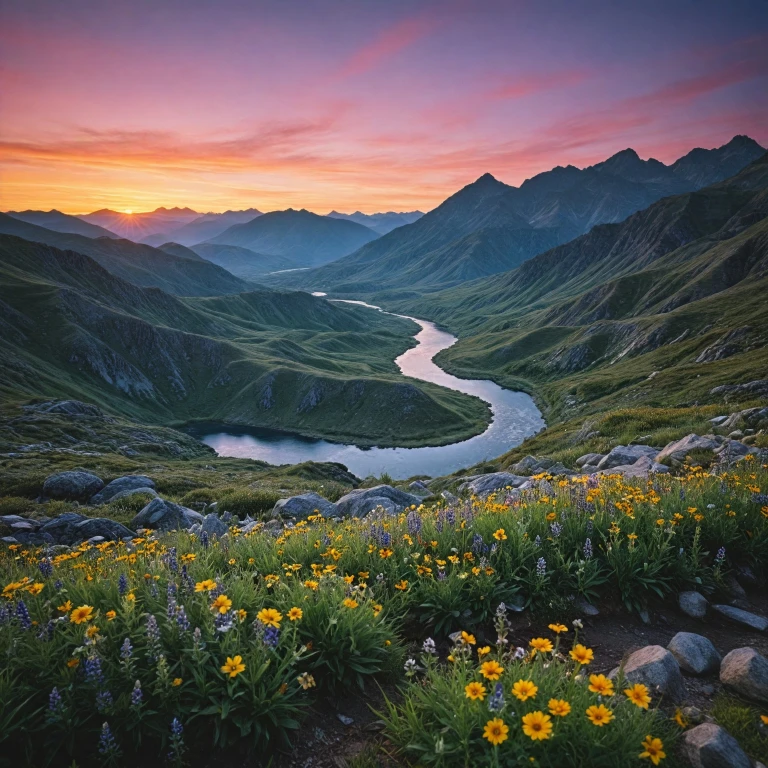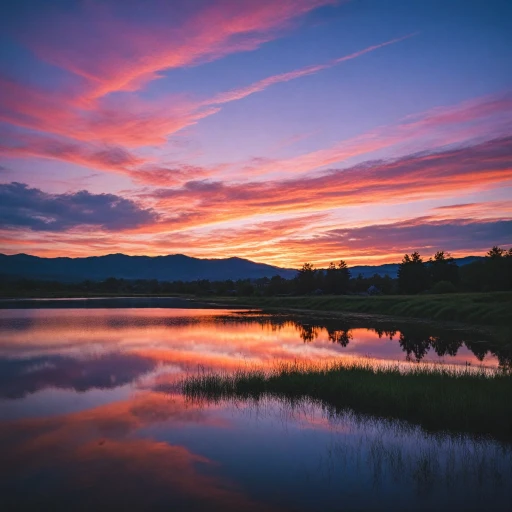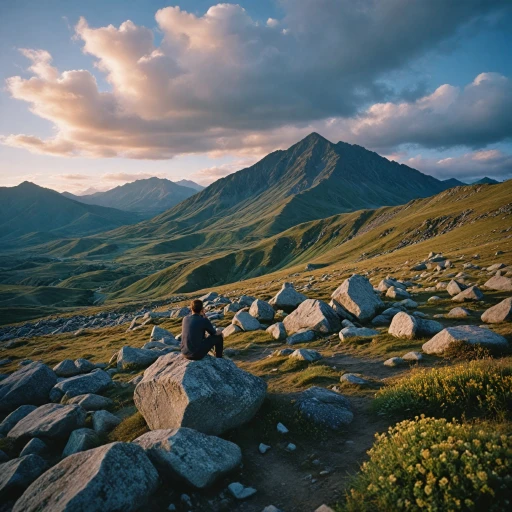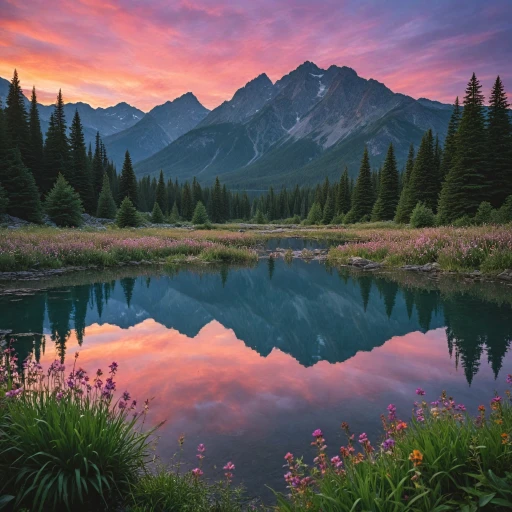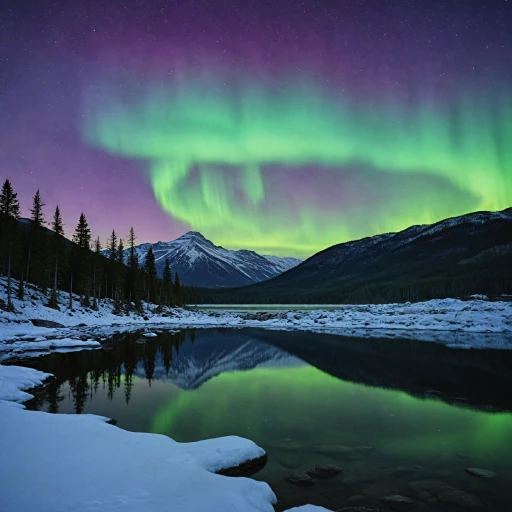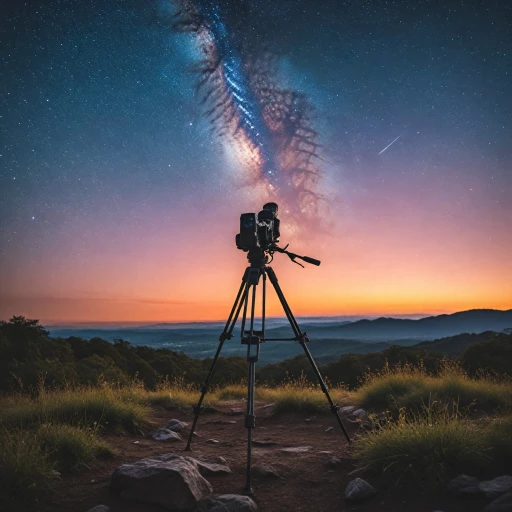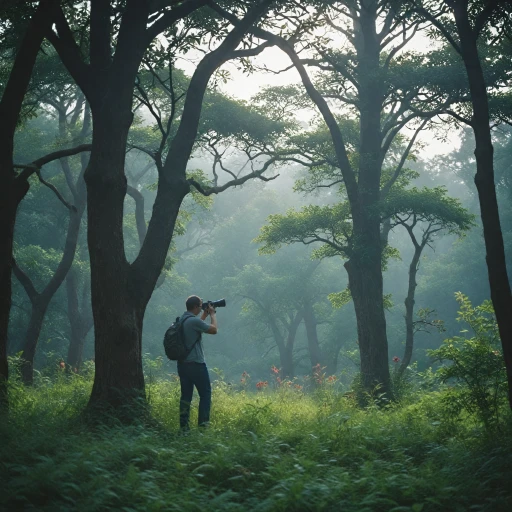
Understanding Wide Angle Lenses
Unraveling the Magic of Wide Angle Glass
Wide angle lenses have long been the secret weapon in a landscape photographer's arsenal. Offering a broader perspective, these lenses capture more of the scene, making them indispensable for landscape photography. They allow photographers to shoot expansive vistas, towering mountains, and sprawling fields with minimal distortion, all while maintaining image clarity. A wide angle lens typically features a focal length ranging from 10mm to 35mm on a full frame camera. One of the advantages of these lenses is that they help emphasize the foreground elements while still capturing the vastness of the background. Whether you’re using a Nikon or a Sony, the wide angle lenses can effectively make the scene appear larger and more dramatic. Understanding the various types of wide angle lenses can also enhance your photography skills. For instance, the ultra wide lens, often part of a zoom range, is perfect for those who seek to create dramatic effects. Meanwhile, fixed focal lengths provide enhanced image quality, especially in low light conditions. When selecting a wide angle lens, keep in mind the lens aperture and how it affects depth of field. A lens with a larger aperture will perform better in low light, making it important for shooting during dawn or dusk. For those new to landscape photography, choosing the right lens might seem overwhelming. However, understanding wide angle specifications will significantly enhance your photography results. To do this easily, check out the guide for choosing the right graduated ND filter for stunning sunset photography. The journey into wide angle photography isn't just about acquiring a piece of equipment; it's about understanding the interplay of light, depth, and perspective, all made easier by the right choice of lens.Advantages of Wide Angle Lenses in Landscape Photography
Widen Your Horizons: Why They Work
When it comes to capturing expansive landscapes, wide angle lenses truly shine. These lenses are essential tools for any landscape photography enthusiast due to their ability to encompass vast scenes in a single frame. Allowing for an extended field of view, wide angle lenses make it possible to include more of the horizon, an entire mountain range, or the sweeping breadth of a valley in your images.Enhanced Perspectives for Depth
Using wide angle lenses, you can create a sense of depth in your photos that draws viewers into the landscape. The exaggerated perspective makes foreground elements appear larger, helping to direct attention through the image to the background. This effect is especially effective in landscape photography, where depth and dimension can transform a flat photo into a three-dimensional experience.Detailed Foregrounds with Broad Backgrounds
One of the great advantages of wide angle lenses is that they allow for sharp, detailed foregrounds while still capturing the grandeur of the background. When shooting landscapes, this capability is particularly useful when you want to include interesting items in the foreground, such as rocks or flowers, adding layers to your photo.Lighter and More Compact
Wide angle lenses are typically lighter and more compact than their telephoto counterparts. This makes them easier to handle and transport, which is great when you're trekking to remote locations to capture that perfect shot. Less weight means less strain, allowing you more energy to focus on creativity and composition.Low Light Flexibility
The wider aperture capabilities of many wide angle lenses can also benefit shooting in low light conditions. When paired with the appropriate camera settings, these lenses can offer better performance and image quality in the early morning or during the golden hour, leading to stunning results. For more guidance on selecting the right lens that aligns with your photographic goals, explore choosing the ideal lenses for stunning landscape photography.Choosing the Right Wide Angle Lens
Factors to Consider When Selecting a Wide Angle Lens
Choosing the right wide angle lens for your landscape photography can significantly impact the overall image quality and creative potential of your shots. Here are key factors to consider:- Focal Length: Wide angle lenses typically have focal lengths ranging from 10mm to 35mm. Opt for a shorter focal length if you want to capture more in your frame and provide greater depth of field. For full-frame cameras, lenses like a 16-35mm are popular choices. Remember, while ultra wide lenses can offer expansive views, they can also introduce distortion.
- Aperture: A lens with a wider aperture, such as f/2.8 or f/4, will perform better in low light and allow for greater control over depth of field. This is particularly beneficial in landscape photography where you may encounter varying lighting conditions.
- Optical Quality: Check for lenses that offer superior image quality, reducing chromatic aberrations and preserving sharpness across the frame. Brands such as Nikon, Canon USM, and Sony have reputable wide angle lenses that are known for excellent optical performance.
- Weather Sealing: Since landscapes often take you outdoors, weather-sealed lenses are a wise investment to ensure durability and continued performance despite dust or moisture exposure.
- Compatibility: Ensure the lens you choose is compatible with your camera model. Whether you're using a Nikon or a Sony, compatibility affects autofocus and stabilization features, which are crucial for ensuring sharp, well-composed images.
Techniques for Using Wide Angle Lenses
Mastering Composition with Wide Angle Lenses
When using wide angle lenses in landscape photography, composition becomes crucial. These lenses capture a broader scene, which can be both a blessing and a challenge. To make the most of this, focus on the foreground. Including interesting elements like rocks, flowers, or water can add depth and lead the viewer's eye through the image.
Playing with Perspective
Wide angle lenses can dramatically alter perspective, making objects in the foreground appear larger while pushing the background further away. This effect can be used creatively to emphasize certain elements in your landscape shots. Experiment with different focal lengths to see how they affect the composition and perspective.
Utilizing Depth of Field
One of the great advantages of wide angle lenses is their ability to maintain a large depth of field, keeping both the foreground and background in focus. To achieve this, use a smaller aperture, such as f/8 or f/11. This will ensure that your landscape photos are sharp throughout, enhancing the overall image quality.
Managing Distortion
Wide angle lenses, especially ultra wide ones, can introduce distortion, particularly at the edges of the frame. This can be minimized by keeping the camera level and avoiding tilting it up or down. If distortion is still an issue, consider using post-processing software to correct it, ensuring your landscape images maintain their natural look.
Lighting Considerations
Shooting with wide angle lenses often means capturing a lot of sky, which can lead to exposure challenges. To balance the exposure between the sky and the landscape, consider using graduated neutral density filters. These filters help in managing the dynamic range, ensuring that both the sky and the landscape are well-exposed.
Post-Processing Tips for Wide Angle Shots
Enhancing Your Wide Angle Landscape Images
Mastering post-processing techniques can take your wide angle landscape photography to the next level. Once you've captured stunning landscapes with your wide angle lens, optimizing those images during post-production is essential for achieving the best results.- Correcting Distortion: Wide angle lenses inherently cause distortion, but software like Adobe Lightroom or Capture One offers distortion correction tools. Adjusting these settings will help restore a more natural look to your landscape photos.
- Adjusting Focal Points and Depth of Field: While shooting, you may not always achieve the desired depth of field. Post-processing allows you to refine focal points, enhancing background and foreground details. Creating depth in your images not only improves visual appeal but also adds a professional touch to your work.
- Balancing Lighting: Wide angle shots can sometimes suffer from inconsistent lighting due to the extensive field of view. Using gradient filters and selective adjustments in post-processing, you can balance exposures and bring out the details in both shadowed and highlighted areas.
- Enhancing Image Sharpness: To counteract any softness that may have occurred while capturing the scene, sharpening the image during editing is crucial. Focus particularly on the foreground elements to make the landscape more compelling.
- Manipulating Colors and Contrast: With post-processing software, you can tweak colors and contrast to make your landscape images pop. Adjusting color profiles and saturation will breathe life into your wide angle photos, making them stand out while maintaining their natural beauty.
Common Mistakes and How to Avoid Them
Misjudging the Focal Length
One common mistake in landscape photography is misjudging the focal length of your wide angle lens. While wide angle lenses are great for capturing expansive landscapes, using an ultra wide lens can sometimes lead to distortion. This distortion can make objects near the edges of the frame appear stretched or skewed. To avoid this, it's important to understand the focal lengths that work best for your scene and adjust your composition accordingly.
Ignoring the Foreground
Another frequent error is neglecting the foreground in your composition. A wide angle lens can capture a lot of detail, so it's crucial to include an interesting foreground element to add depth to your image. This will help draw the viewer's eye into the photo and create a more engaging composition. Consider using rocks, plants, or other natural elements to enhance your landscape photography.
Overlooking Aperture Settings
Wide angle lenses often require careful attention to aperture settings to ensure sharpness throughout the image. Shooting with a wide aperture can result in a shallow depth of field, which might not be ideal for landscapes where you want everything in focus. It's advisable to use a smaller aperture, such as f/8 or f/11, to achieve greater depth of field and maintain image quality across the frame.
Neglecting Image Quality in Low Light
Low light conditions can be challenging when using wide angle lenses. Many photographers forget to adjust their settings to compensate for reduced light, leading to blurry or noisy images. Using a tripod and increasing the ISO can help maintain image quality. Additionally, consider using a lens with a larger maximum aperture to allow more light into the camera.
Failing to Correct Distortion in Post-Processing
Even the best lenses can produce some distortion, especially at the edges of the frame. Failing to correct this in post-processing can detract from the overall quality of your landscape photos. Most photo editing software offers tools to adjust lens distortion, so make sure to utilize these features to enhance your final image.
